Combining the tradition of Danish furniture design with a new international style, Kasper Salto creates carefully considered pieces that address the needs of a changing world.
September 8th, 2008
The following extract appears in the current Issue #2 of Coporate Culture Magazine. You can download a copy below. Text is by Penny Craswell of Indesign.
Kasper Salto is a designer who thinks outside the box. Coming from the strong Danish tradition of designers such as Hans Wegner and Arne Jacobsen, he admits that these large figures are a key inspiration for him, “They have indeed encouraged me to choose furniture design as my core business,” he says. “Anyway I cannot run away from the fact that I have spent 40 years in Denmark.”
Like the Danish masters, his work is about quality craftsmanship, but also equally about function. With beginnings as a cabinet-maker, which he practiced from 1985–1988, this experience gave Salto an appreciation for the way things are constructed, as well as for the quality of the finished object.
Having worked as a cabinet-maker, Salto then turned his attention to design, graduating from the Danish Design School in 1994. Unwilling to simply design another chair or another table, his work examines human needs, both of the present and of the future, and presents considered solutions that fulfil those needs. “I get my ideas from every day life,” says Salto. “Or to be more precise, from the gaps in every day life.”
“For example, in Copenhagen we use bicycles a lot, so every time we need to lock the bike we need a lock, a key and a place to lock to. Why not integrate the lock when building the bike? Also: at night time we all need to remember a light on the bike, why not build it into the steering?”
These are the sorts of ideas the Salto has built into his products. For example, ‘Little Friend’, was designed to fit our changing lifestyle and workstyle – with more and more work done on the road or at home and using laptop computers and smaller and smaller spaces. “The laptop is the new ‘office’,” says Salto. “So we saw a need for supporting when working; at home, in receptions, in airports … and so on.”….
To read this rest of this and other great articles-
Download Corporate Culture Magazine Issue #2 (2.1MB)
Contact info@corporateculture.com.au for a print copy.
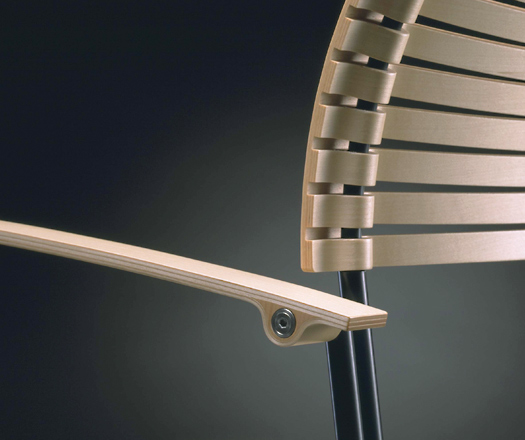
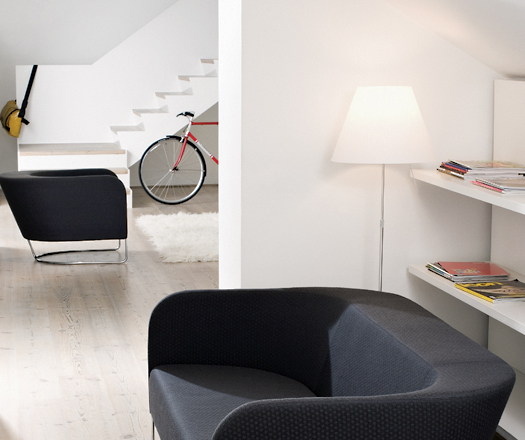
According to architect, Alex Popov, Poul Kjærholm was never out to make furniture in order to be a star – simply to make the perfect chair. And that, says, Popov, was actually his very first chair, the PK25. Here Popov reflects on his friendship with the great Danish designer.
Designing furniture in Denmark can be daunting because it means coming to terms with a great and rigorous tradition of form, function, materials and finish. And no one exemplifies that more than Poul Kjærholm.
Himself a student of Hans Wegner, he took over from Arne Jacobsen and Finn Juhl running the furniture school (set up by Kaare Klint) at the Academy of Fine Arts in Copenhagen. It was here that Alex Popov met him. Alex was one of only 18 students admitted into the architecture programme. The furniture programme admitted only six!
Kjærholm did two or three sessions a year with the architecture students. “He gave us talks about the importance of placing furniture in a room,” says Popov. “He would set up a room in the Palace – the school was in an old Dutch Renaissance palace and the rooms were old-fashioned with five metre-high ceilings – and he would bring his furniture in. The objective was for you to set out his modern furniture in the 8m2 room. And he would be a severe critic – how do you choose the distance from the wall, or how do you place a chair relative to another chair, are you aware of its weight and is that an appropriate thing to put against this wall? So, you began to be aware of the tactile nature of an object and of the way it wanted to be in the room.”
“He was,” says Popov, “adored by his students because he was so obsessed and absorbed in his own world. He didn’t give a stuff about paper work or meetings. He became an icon.”
Like all the others in the Danish tradition, Kjærholm was fascinated by materials and by the technologies available. It was about what Popov calls “testing the materiality of objects…searching for a novel way of using the same material.”…
To read the rest of this article and more download the PDF:
Download Corporate Culture Magazine Issue #2 (2.1MB)
Contact info@corporateculture.com.au for a print copy.
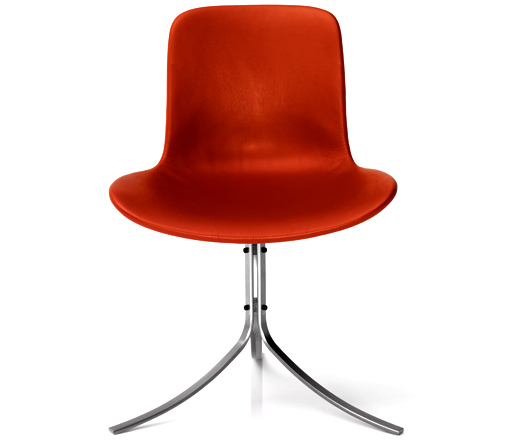
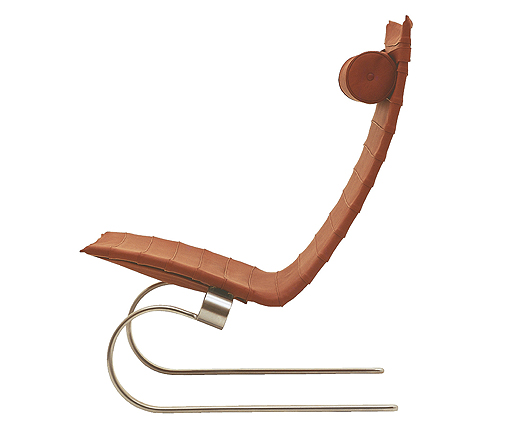
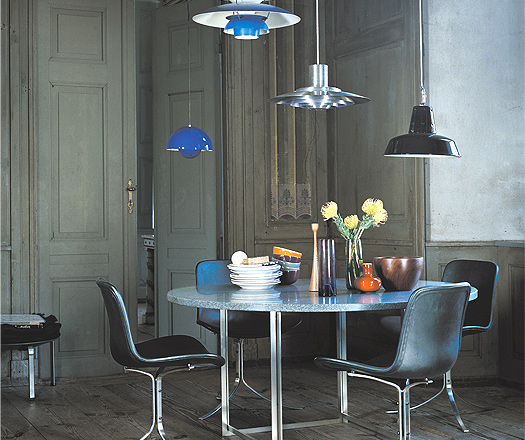
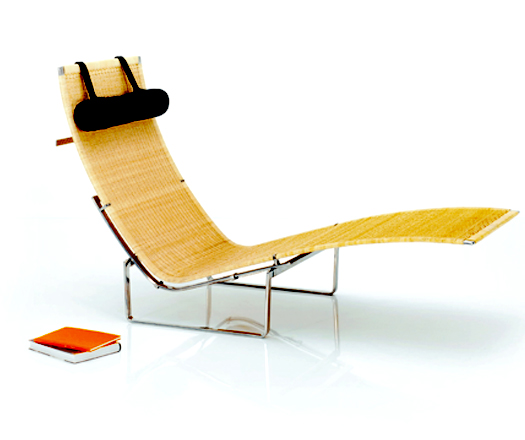
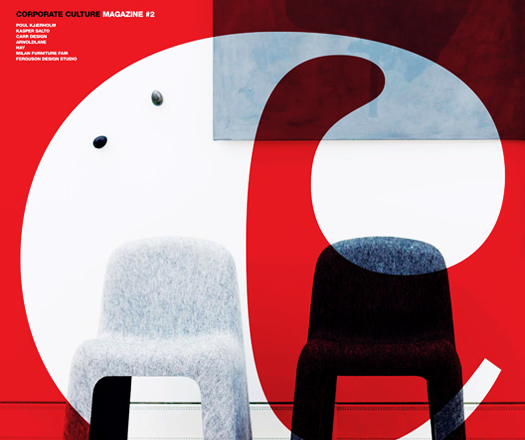
Just over eleven years old, Corporate Culture continues to evolve. New showrooms, fresh brands and a growing investment in local design all signal greater strategic sophistication. Managing Director, Richard Munao spoke to Paul McGillick about the new directions.
Richard Munao does not believe in rushing to expand. He spent three years studying the New Zealand market before setting up the new Auckland showroom.
“The reason we went into New Zealand,” he says, “is that although you can get almost anything there, there’s not a saturation of competitors. In Australia, there’s a lot of people trying to get a part of the market, whereas in New Zealand – well, none of our direct competitors in Australia considers New Zealand as an important market. I just saw that as an opportunity.”
He adds that he was aware of a very high standard of design coming out of New Zealand and, therefore, saw the opportunity to support that and contribute to building a strong design community.
Corporate Culture shares the Auckland showroom with Designer Rugs, which Munao sees as an important strategic move – a “model”. It is a partnership which was tested at last year’s Saturday in Design. “We did a bit of research,” he says, “and saw that a lot of things that Designer Rugs were doing – like working with Akira Isogawa and Julie Paterson – were really aligned with how we were working with our partners and designers. We saw how their clients were coming in with common elements, looking for a rug but at the same time saying ‘We didn’t know you did this’.”
“I strongly believe,” he says, “that one of the ways of moving forward is to align with like-minded people who can add value to you and you can add value to them. Because there is no ownership, it is very much about win-win.”…
Read the rest of this and other great articles by downloading the pdf-
Download Corporate Culture Magazine Issue #2 (2.1MB)
Contact info@corporateculture.com.au for a print copy.
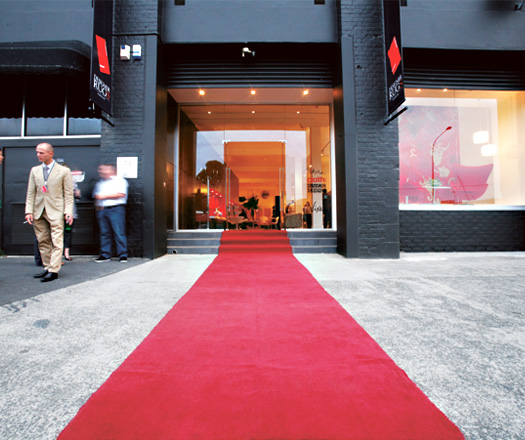
INDESIGN is on instagram
Follow @indesignlive
A searchable and comprehensive guide for specifying leading products and their suppliers
Keep up to date with the latest and greatest from our industry BFF's!

Rising above the new Sydney Metro Gadigal Station on Pitt Street, Investa’s Parkline Place is redefining the office property aesthetic.
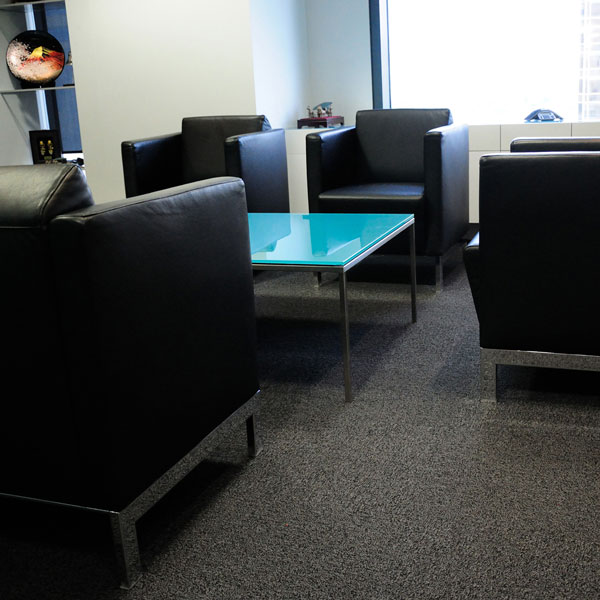
Bluescope Steel head office at 120 Collins St Melbourne recently installed 1515m2 of Carpets Inter, Color Duet carpet tile.
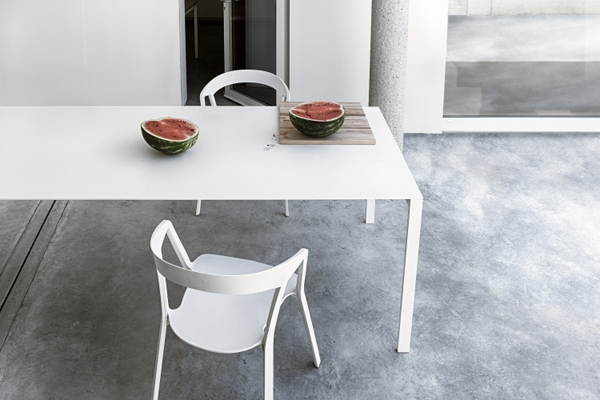
The Thin-K table and the entire Kristalia range are now exclusively available from Fanuli Furniture
The internet never sleeps! Here's the stuff you might have missed
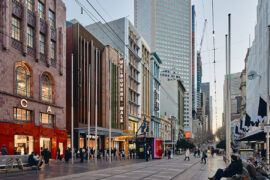
Buchan weaves heritage and contemporary retail across a 3,600sqm site featuring dual-branded hotels, arcades and revitalised laneways.

Neill Johanson, Principal at Davenport Campbell, comments on what we might be losing and gaining with the expansion of remote work.